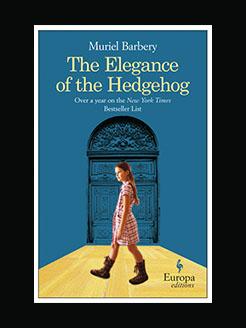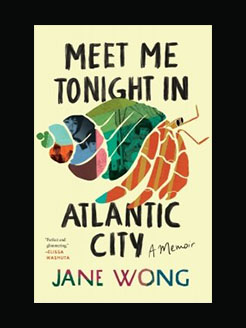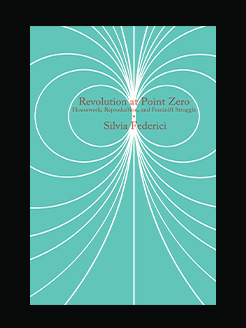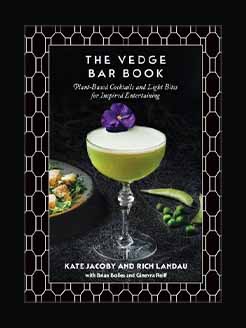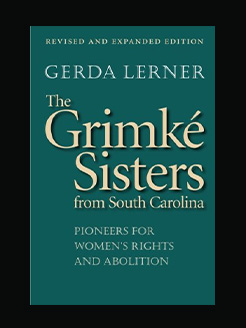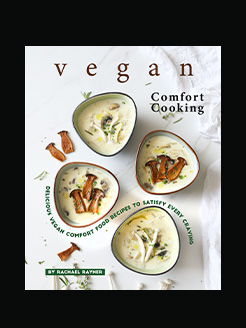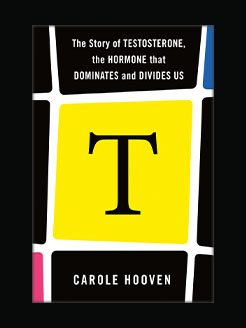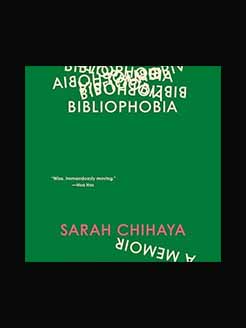Published in 2010 (first published 1986)
416 pages
Angela Olive Pearce (formerly Carter, née Stalker; 1940 – 1992), who published under the name Angela Carter, was an English novelist, short story writer, poet, and journalist, known for her feminist, magical realism, and picaresque works. She is mainly known for her book The Bloody Chamber (1979). In 1984, her short story “The Company of Wolves” was adapted into a film of the same name. In 2008, The Times ranked Carter tenth in their list of “The 50 greatest British writers since 1945”. In 2012, Nights at the Circus was selected as the best ever winner of the James Tait Black Memorial Prize.
What is this book about?
Wayward Girls and Wicked Women, edited by Angela Carter, is true to its title. This book is filled with stories about women and girls who are wayward in every way, from society’s (read men’s) viewpoint: written by authors separated by a century. There are confidence tricksters, prostitutes, lesbians and even murderers-but there are no damsels in distress. Each and every one of these women are their own masters.
Thus we meet the con woman of Elizabeth Jolley’s The Last Crop; the lesbians of Rocky Gamez’s The Gloria Stories and Ama Ata Aidoos’s The Plums; the sexually promiscuous women who revel in their own sexuality of Bessie Head’s Life and Jane Bowles’s A Guatemalan Idyll; and the witches of Colette’s Rainy Moon and Frances Tower’s Violet. There are also young girls coming to terms with their sexuality in a socially unacceptable way (The Young Girl by Katherine Mansfield and A Woman Young and Old by Grace Paley) and women who have fallen prey to the familiar devil, drink (Wedlock by George Egerton, Aunt Liu by Lo Shu).
All of these stories are not tragedies: not all have happy endings, either. But they have one thing in common – the indefatigable spirit of their heroines.
In style, the stories range from the romantic (Oke of Okehurst by Vernon Lee) to realist (The Long Trial by Andree Chedid). Some of them are akin to fairy tales (The Earth by Djuna Barnes) while some are outright fables (The Debutante by Leonora Carrington, Three Feminist Fables by Suniti Namjoshi). One cannot be even called a story, rather a vignette (Girl by Jamaica Kincaid).
Angela Carter’s own story, The Loves of Lady Purple, is the most powerful story of the collection and the most difficult to categorise. It can be seen either as a fable, dark fantasy, or horror: but whatever be the genre, this dark tale of a puppet come to life, making the dark fantasies of her master a horrifying reality, may be seen to supply the theme for the entire book – a puppet breaking its strings.
A worthwhile collection to read and to keep.
(review from Nandakishore Mridula on goodreads)
